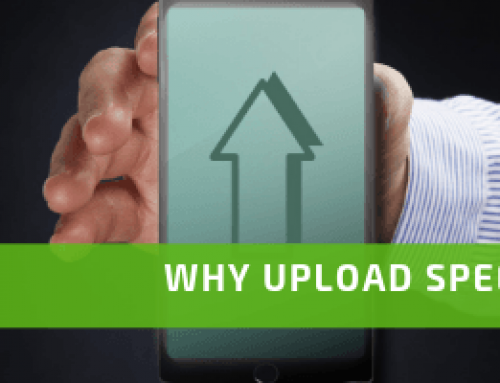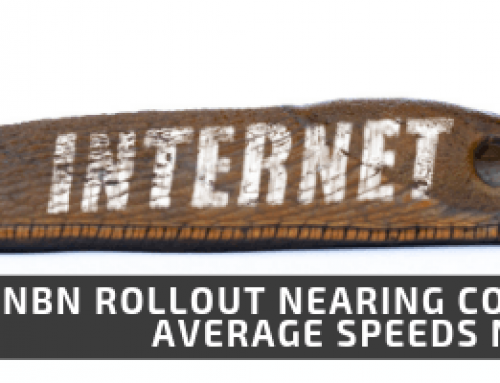The ACMA (Australian Communication and Media Authority) communications report 2016-17 has produced some interesting statistics and confirms the upwards trend in data usage and numbers of connected devices in the home across Australia. The continued demand for on line video and particularly catch up TV has seen the Australian public continue to invest in smart TV’s and subscription video on demand services. In spite of this we still spend more time watching free-to-air services, but for how much longer?
Download data consumption in Australia during the quarter 2, 2017 was over 3 million terabytes and represented a 43% increase on the corresponding quarter in 2016. Total volume has increased by 360% in 4 years and the curve is getting steeper. This is all set against a backdrop across Australia and particularly in non metro areas like ours in the beautiful Sunshine Coast, of a failing national broadband network. Ideally, internet speeds available to the Australian public would be keeping pace with this growth, however, the reality is somewhat different:
Living in a beautiful coastal environment comes with drawbacks, one of which is internet provision. This is understandable when considering the commercial reality of rolling out fibre to the premises in rural areas. Cue the inevitable finger pointing at the pre-existing copper path, its length, quality and general poor workmanship. Perfectly understandable and technically supportable until we experience the same technical problems and poor quality in multiple businesses on the sunshine coast that have been connected to the NBN by direct fibre. Now we are faced with an unpalatable truth. The issues with the NBN are far deeper than those presented by the final mile and our favourite foe; copper. The quality of the NBN fibre network in the most recent businesses we have helped makes business VoIP (Voice over internet protocol) impossible and ensures that expensive mobile phone telephony thrives. The client also finds that whilst a speed test manifests some “good numbers”, uploading is often difficult with cloud based applications and there are multiple periods of downtime when the network seems to hang. Very frustrating for the team, inefficient and costly. Getting statistics out of the NBN to verify this is like searching for a hens tooth but suffice to say, the service seems adequate for domestic use but not for business.
So what;
If we accept, as so many commentators in the industry accept, that the NBN is unlikely to improve on a good ADSL2 service, we need to think differently. The unpalatable truth with the NBN we uncovered above points to problems with core network capability and backhaul capacity. If we are to truly digitally enable businesses and communities in regional Australia, then those of us in the private sector must provide the solution;
The only way to guarantee network performance is to control every element of it. Whether the final mile is copper, fibre or wireless technology we need to control the bandwidth. By controlling it and using OCB’s preferred method of fibre to the building or fixed wireless final mile, we can increase the bandwidth and track the demand as appropriate. We control our own data centre and therefore capacity to the web. Contention (the number of users per unit of internet or congestion) is ours to control and therefore doesn’t involve needing to quote “evening speeds” or not being able to advise what speeds are available. OCB’s network is therefore future proofed, not out of date on the day its built!
Andy Whitmore, Co-Founder Our Community Broadband





